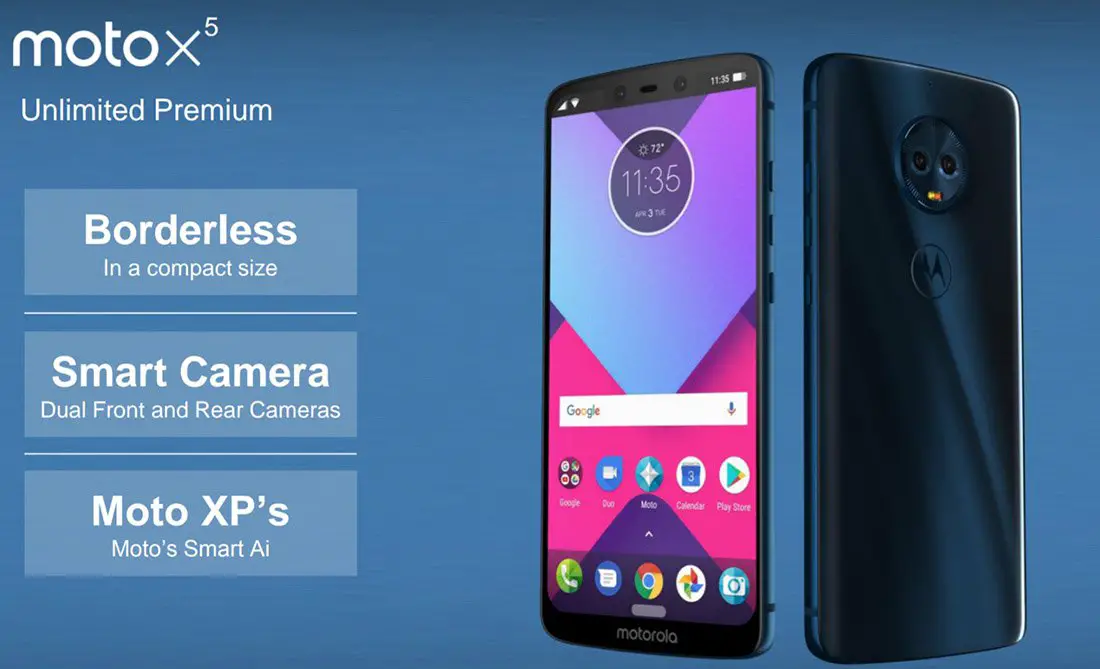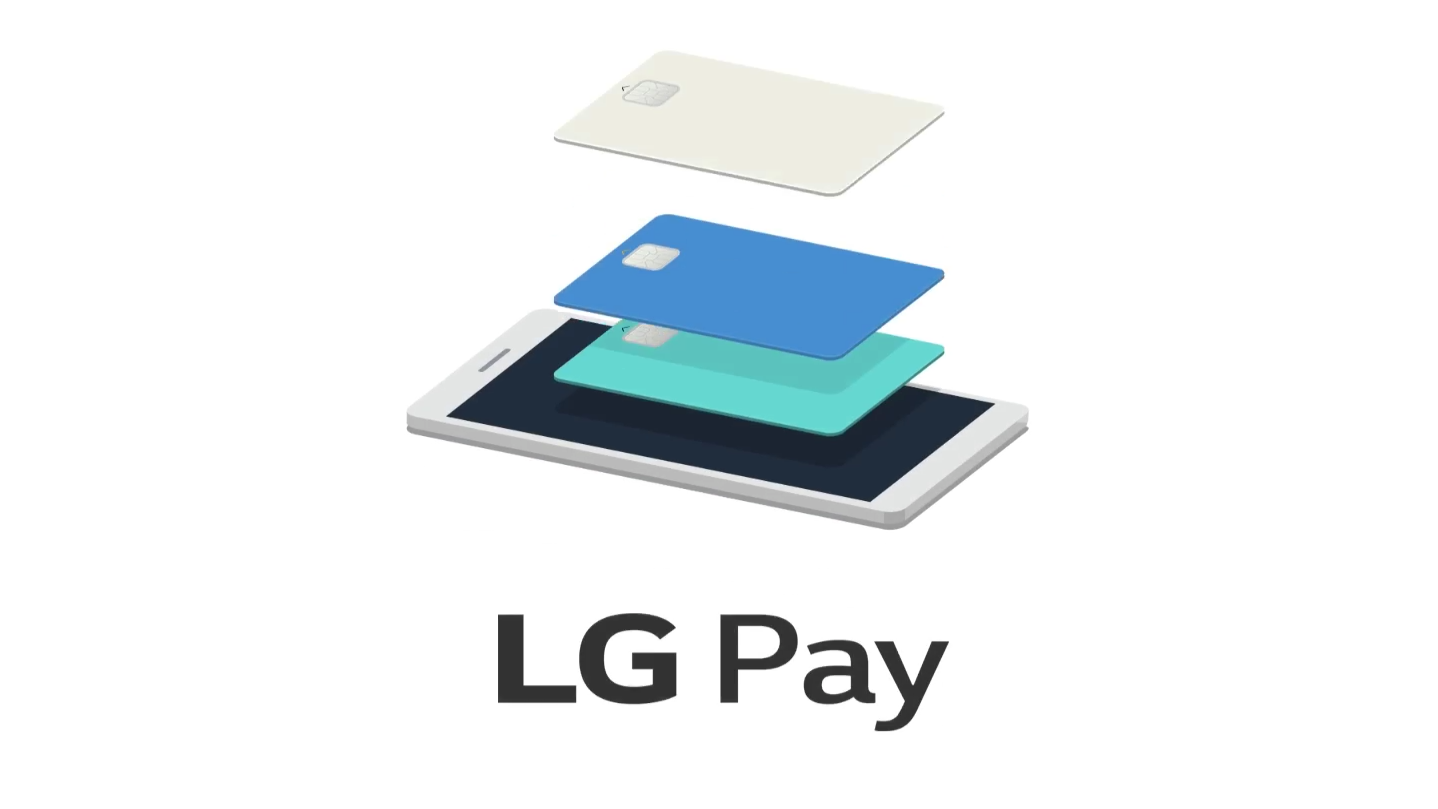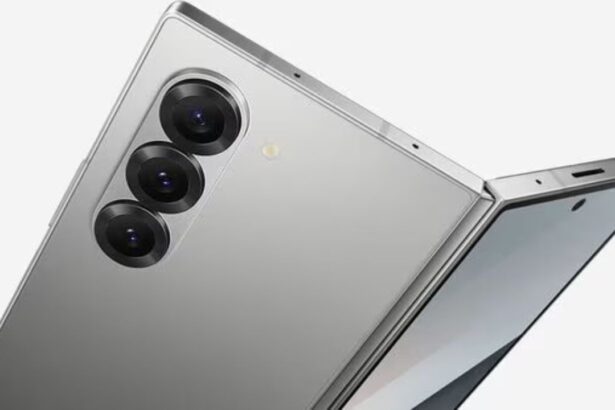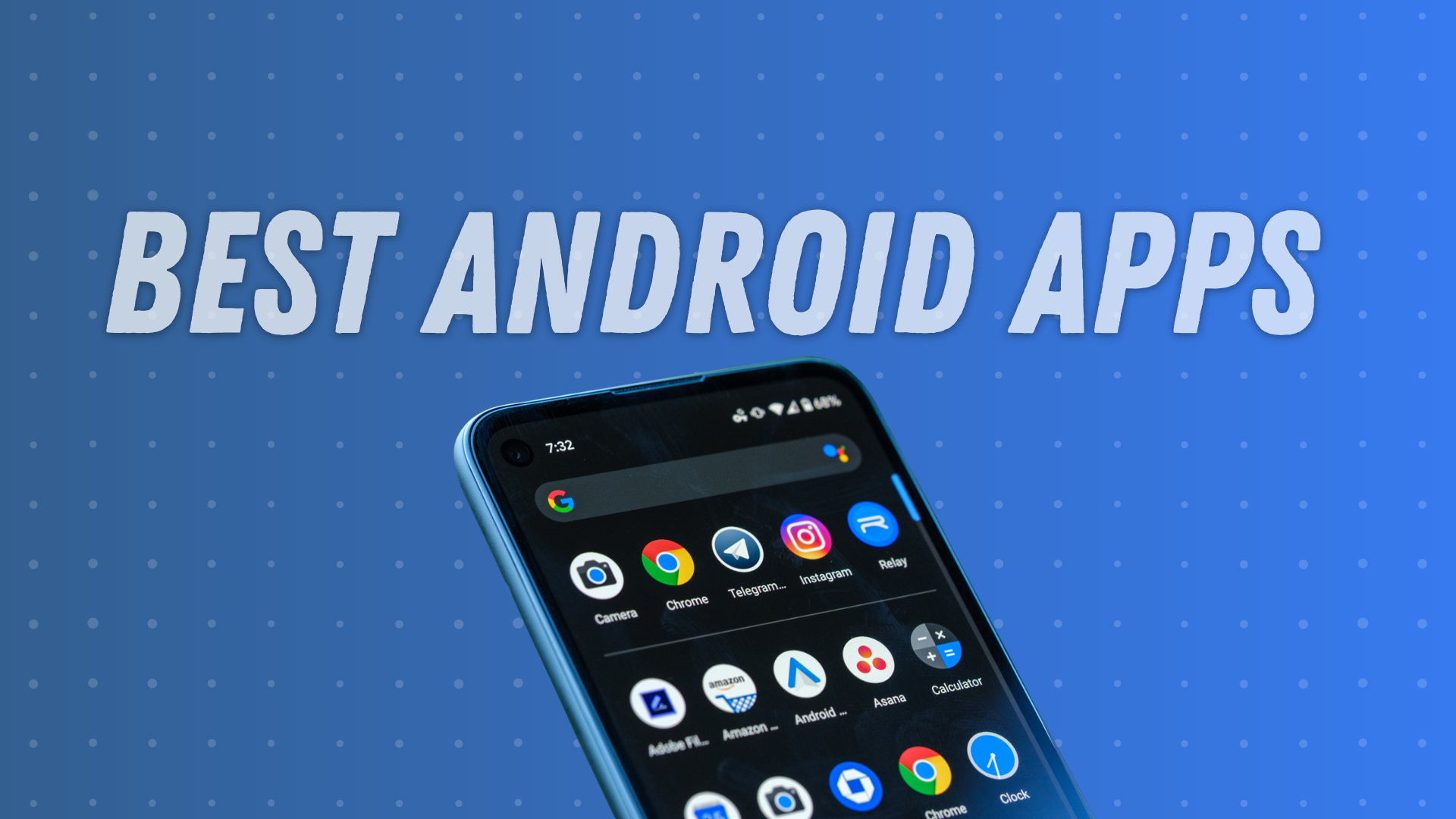- Google's RISC-V Android project faces skepticism after recent setbacks.
- Qualcomm's RISC-V chipset for Wear OS marked a milestone in Android's journey.
- Despite hurdles, RISC-V's Android future remains promising.
Since Google decided to incorporate RISC-V into Android, people will remain suspicious, which may damage this potentially successful project. In 2023, Google publicly stated that they would be moving toward the new chipset, which is expected to provide a cost-efficient solution to mainstream chip architectures like the ARM. This move would give hardware manufacturers more power and create an Android innovation niche.
RISC-V Support in Android: Facing a Major Setback
It was a building up of hope when Qualcomm came up with their RISC-V chipset intended for Wear OS smartwatches launched late last year. At that moment, it meant a lot. It was confirmation that the chipset hardware was the first to have a certified Android system build.
Nevertheless, the emerging factors seem to vitiate the cause of optimism. A Google engineer submitted solutions for building the Android Generic Kernel Image (GKI) without support for this architecture, halt for standard Android kernel images for its devices.
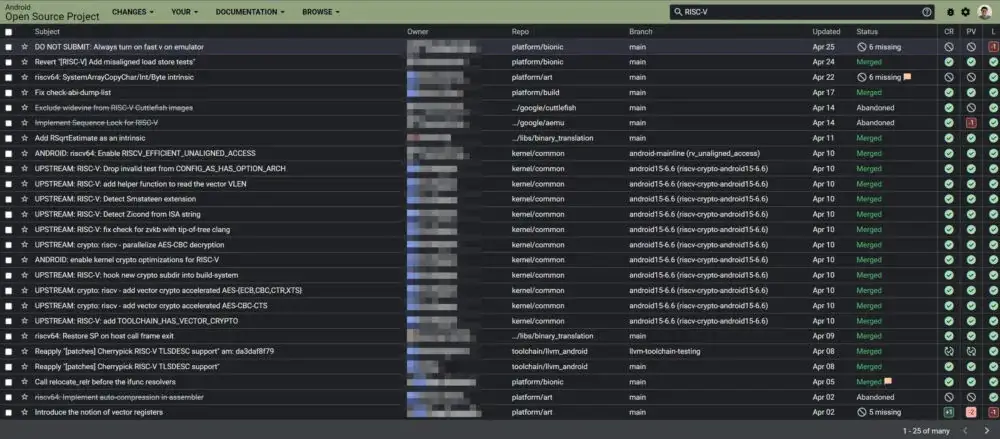
While Google seems to remain committed to the support for the architecture, the removal from the core kit once again demonstrates the uncertainty that arises due to the fast-changing nature of this processor. This ends up forcing the companies to develop custom kernels for their devices, inevitably making them wait for the licensed RISC-V Android phones to come to the market.
Taking it a step further, means more groundwork is required before RISC-V is completely integrated into the Android ecosystem. While the slowdown may extend the wait, the chance for RISC-V to reshape the future of Android with its economical model cannot be more delightful.


